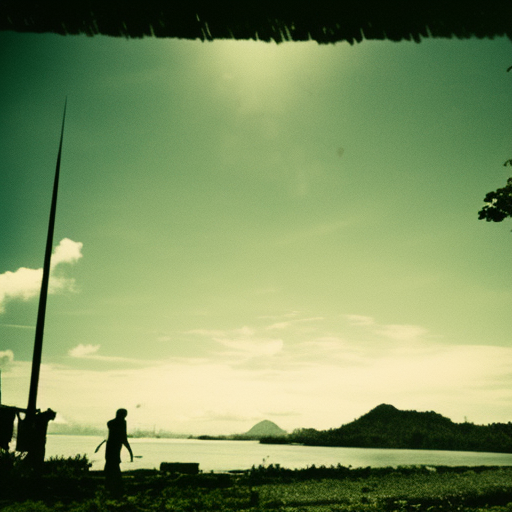Dutch Intervention in Lombok and Karangasem
The Dutch intervention in Lombok and Karangasem refers to the military actions taken by the Dutch East Indies colonial administration in the late 19th and early 20th centuries to assert control over the islands of Lombok and Karangasem in present-day Indonesia. These interventions were part of the larger Dutch colonial project in the region and were driven by economic and political interests.
Background
In the 17th century, the Dutch East India Company (VOC) established a trading post in the Indonesian archipelago, which eventually grew into a colonial empire. By the 19th century, the Dutch had gained control over most of the Indonesian islands, but Lombok and Karangasem remained independent.
First Dutch Intervention in Lombok (1894-1895)
The first major Dutch intervention in Lombok occurred between 1894 and 1895. The Dutch were motivated by their desire to secure control over the lucrative trade routes in the region and to protect their economic interests. They also sought to establish a foothold in Lombok to counter the influence of other colonial powers, such as the British.
The intervention began with a Dutch naval blockade of Lombok, followed by a military campaign on the island. The local Sasak population, led by the Balinese aristocracy, resisted the Dutch forces, but they were eventually overwhelmed. The Dutch established a colonial administration in Lombok and imposed their authority over the island.
Second Dutch Intervention in Lombok (1896-1897)
The second Dutch intervention in Lombok took place between 1896 and 1897. It was triggered by a rebellion led by the Sasak nobleman, Suradji. The Dutch responded with a military campaign to suppress the rebellion and reassert their control over the island.
The Dutch forces faced fierce resistance from the local population, but they eventually succeeded in quelling the rebellion. Suradji was captured and executed, and the Dutch tightened their grip on Lombok.
Dutch Intervention in Karangasem (1906)
In 1906, the Dutch launched a military intervention in Karangasem, a kingdom located on the eastern coast of Bali. The intervention was prompted by the refusal of the ruling king, Anak Agung Gede Jelantik, to accept Dutch authority and pay tribute to the colonial administration.
The Dutch forces, led by General Major M. J. Loudon, launched a military campaign against Karangasem. The local Balinese forces, known as the Puputan, put up a fierce resistance, but they were eventually overwhelmed by the superior firepower of the Dutch.
The Dutch intervention in Karangasem marked the end of Balinese independence and the establishment of Dutch colonial rule over the entire island of Bali.
Impact
The Dutch interventions in Lombok and Karangasem had significant consequences for the region. They marked the consolidation of Dutch colonial control over the Indonesian archipelago and the suppression of local resistance to Dutch rule.
The interventions also had a profound impact on the local populations. The Sasak and Balinese people suffered heavy casualties and the loss of their independence. They were subjected to Dutch colonial administration and forced to adapt to new political and economic systems.
In conclusion, the Dutch interventions in Lombok and Karangasem were part of the larger Dutch colonial project in the Indonesian archipelago. Motivated by economic and political interests, the Dutch sought to assert control over these regions and suppress local resistance. These interventions had lasting consequences for the region, marking the end of indigenous independence and the establishment of Dutch colonial rule.












